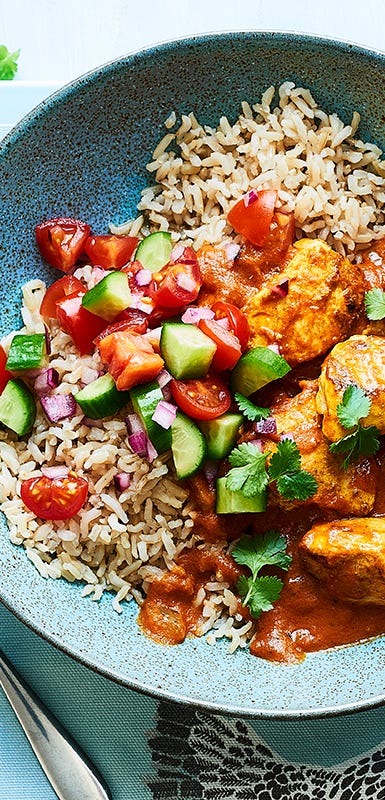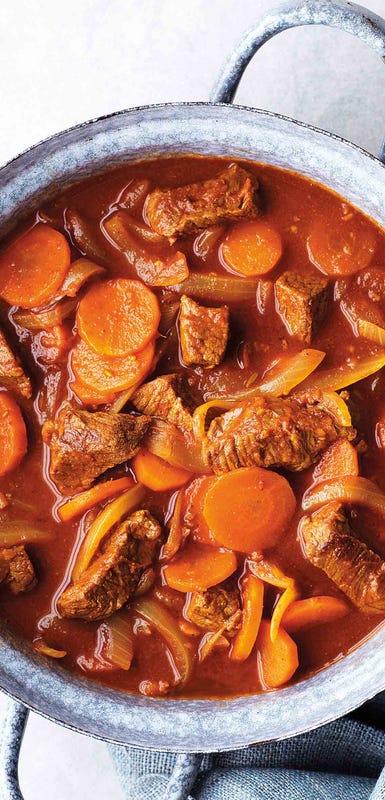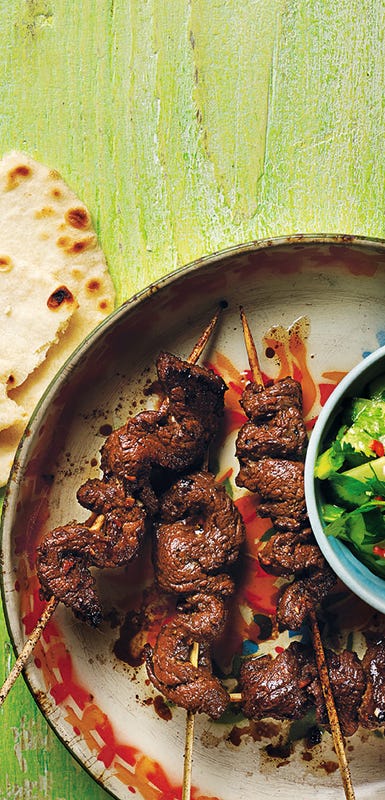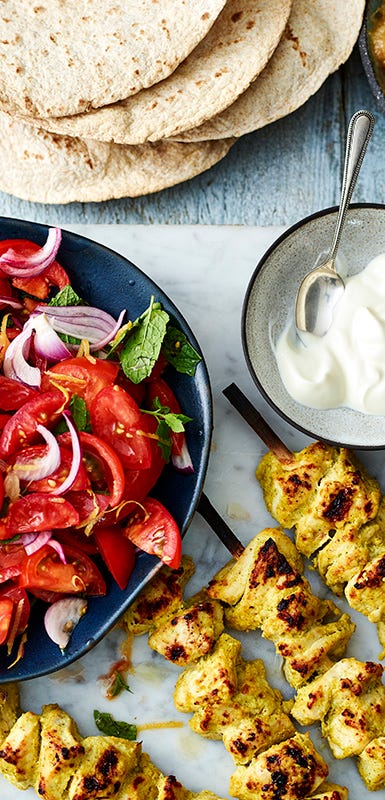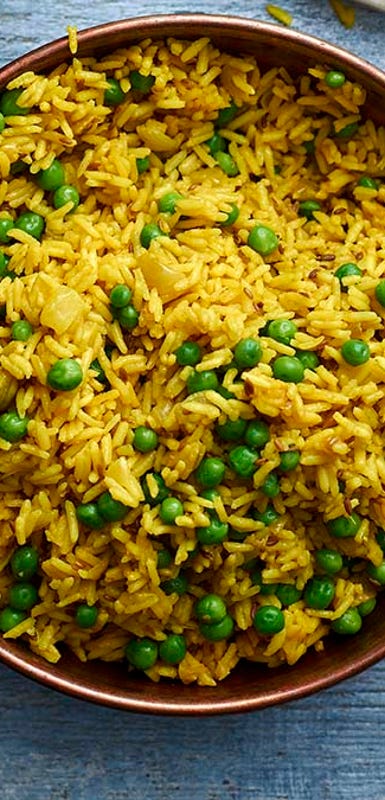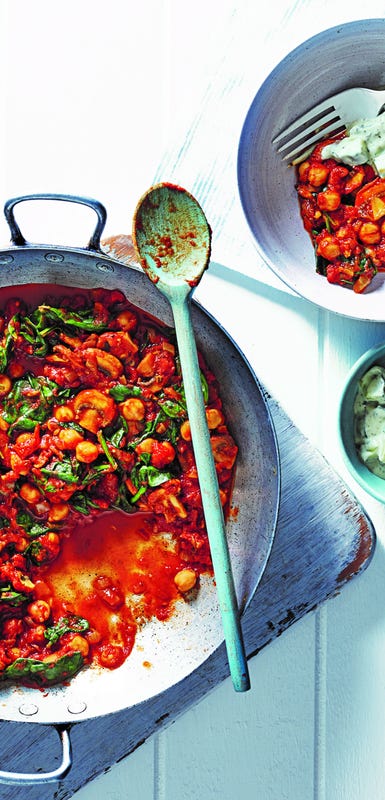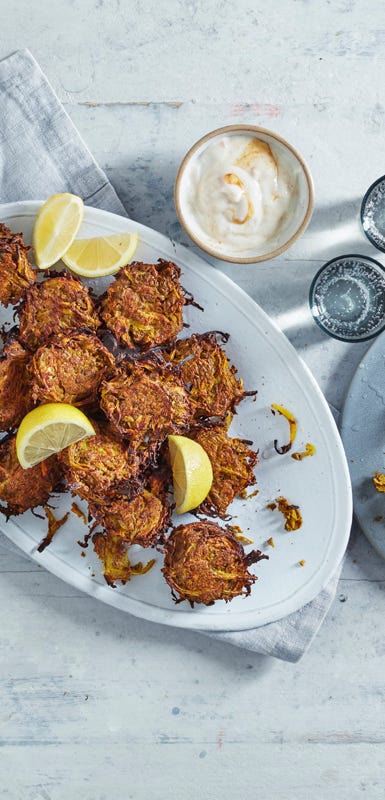Your ultimate guide to enjoying Indian cuisine
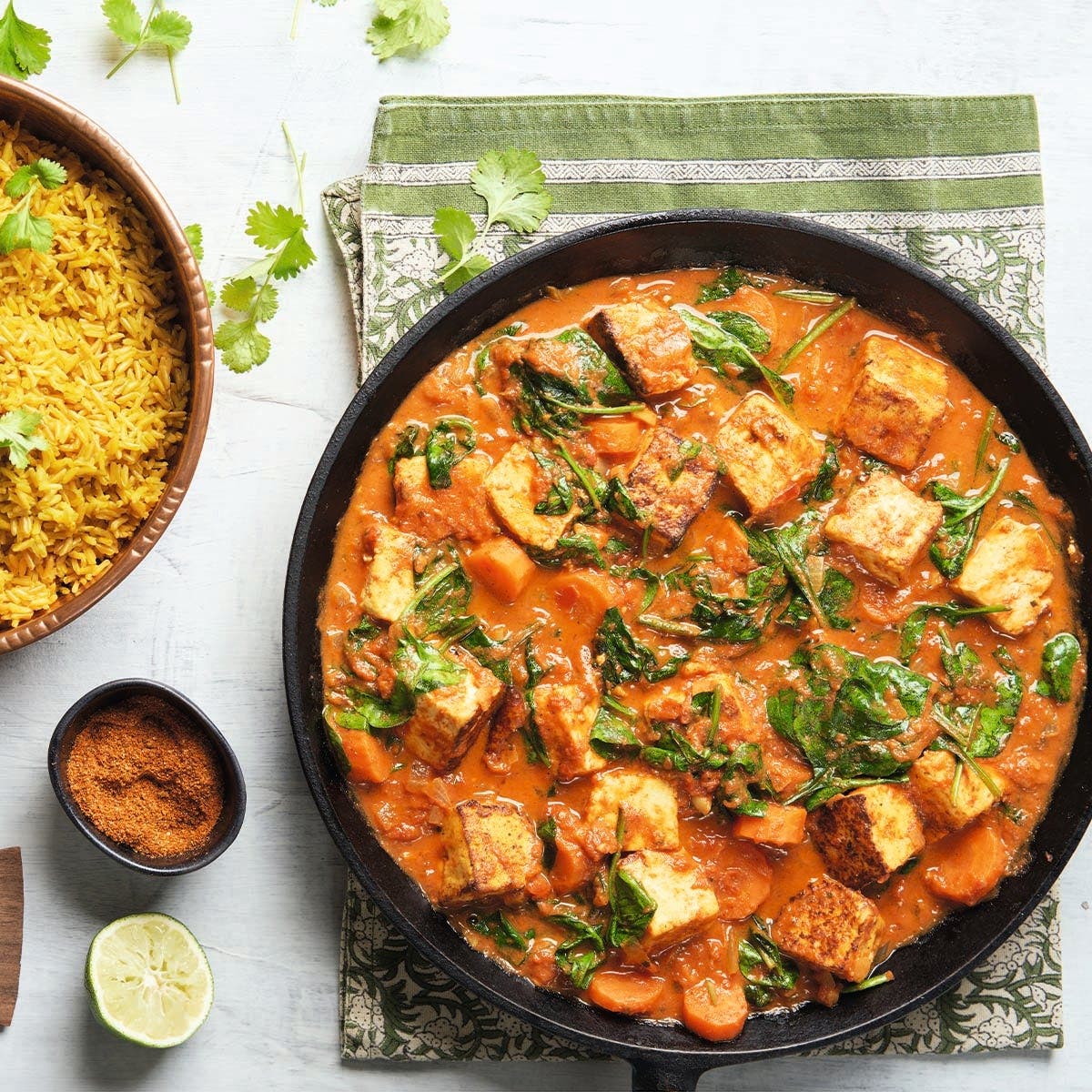

All food is meant to be enjoyed—and Indian cuisine is no exception. Whether you're a complete newbie to Indian food or have a favourite go-to spot, planning ahead for your meal can help you make the most of the occasion and your Points budget. Before you order, take a look at the menu and decide what you'd like and how many Points you want to spend. Feeling stumped? Use these tips as your guide.
Tips for ordering Indian takeaway
Look beyond naan
Naan, the most popular bread in Indian restaurants, can easily measure 10 inches across and often comes brushed with ghee (clarified butter). Having one piece is like eating an entire personal pizza crust and comes with a Points value of about 8. Unlike naan bread, roti is unleavened and is available in white or whole-grain and are generally lower in Points. Chapati is similar to roti in character and calories. Made on a frying pan, it closely resembles a whole-wheat tortilla.
Avoid the starter trap
The “pakora,” “samosa” and “bhaji” families of small bites are delicious, but prep typically involves deep-frying. If you’re looking to cut back on Points values, keep an eye on portions when it comes to these starters, or opt instead for a flavourful cup of lentil soup.
Try the tandoori
The flavour of grilling with the succulence of baking, tandoori dishes are that elusive combination of flavourful and healthful. Meats are traditionally marinated in spices and yogurt for up to 24 hours, delivering amazing flavour and moisture. Chicken, fish, or meat, this is absolutely one of the best methods of cooking and should be top of your list.
Turn up the heat
As with Thai and Szechuan cuisine, Indian dishes can range from mild to very spicy. If you enjoy heat, lean into the spicier dishes. Heat doesn't affect calories or Points and most people tend to eat less of a mouth-searing dish.
Cool down with raita
Raita is a cooling condiment of yogurt, cucumber, and coriander, flavoured with cumin, coriander, and other spices. How does it work? “The casein found in yogurt, as well as other dairy products, binds to the capsaicin in the spicy sauces to help wash it away and neutralize the heat,” You’ll find that raita dulls spice better than rice or bread and has a low Points value.
Decode the cream
“Masala” can mean a rich mix of Indian spices, but in the context of chicken tikka masala, it typically signals the use of cream. Other words that will clue you into a heavier, creamier sauce could be "malai," such as in the dish malai prawns. This refers to a rich, clotted cream with up to 55-percent butterfat. Another one to look out for is "makhani," another name for popular butter chicken.

